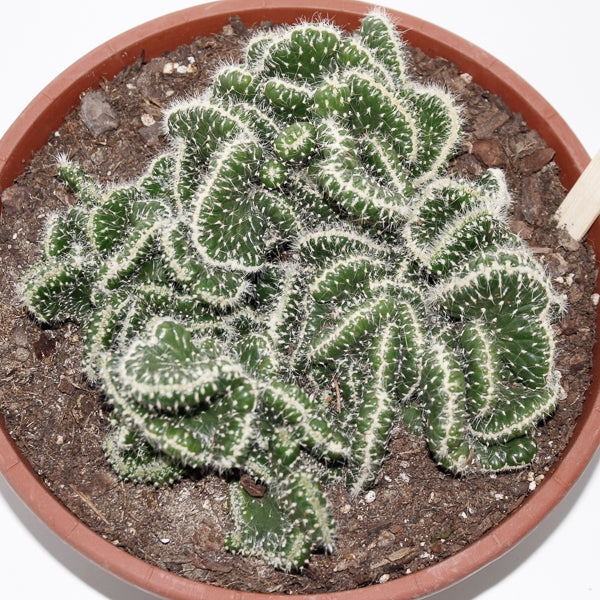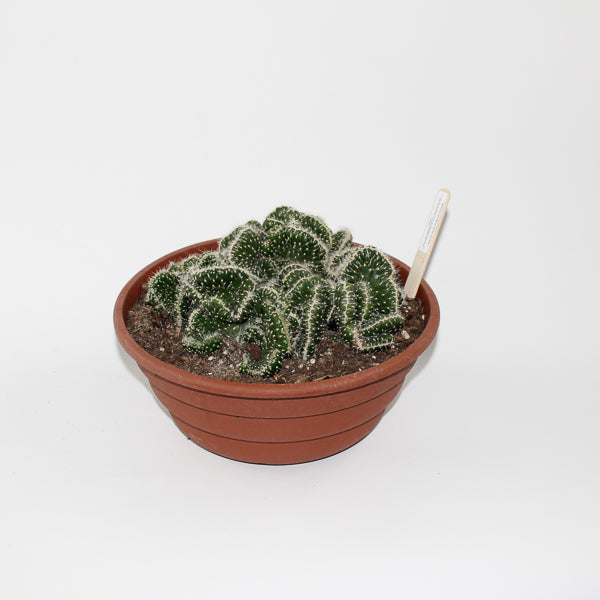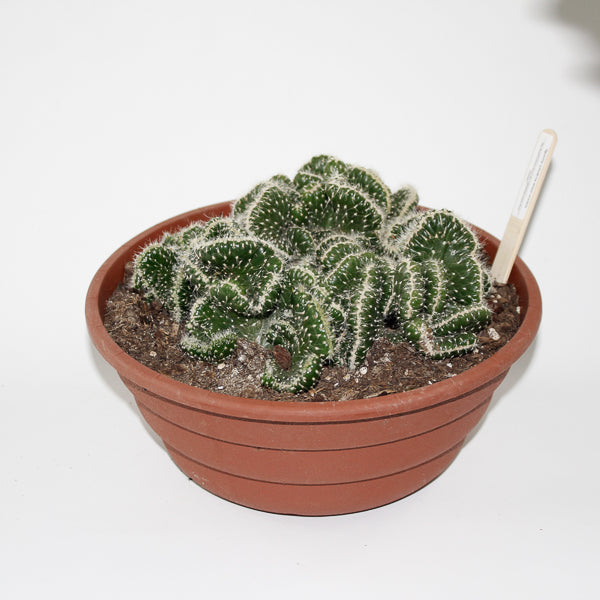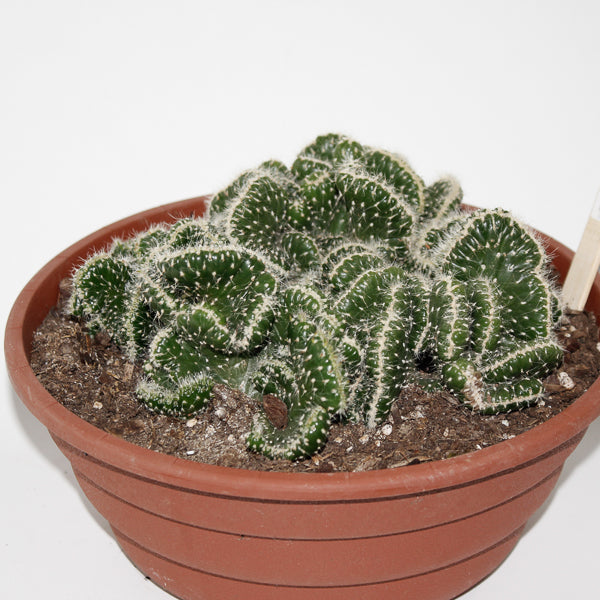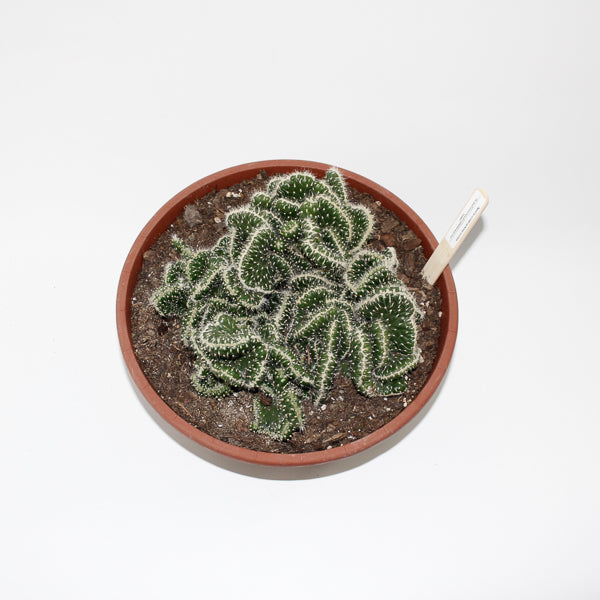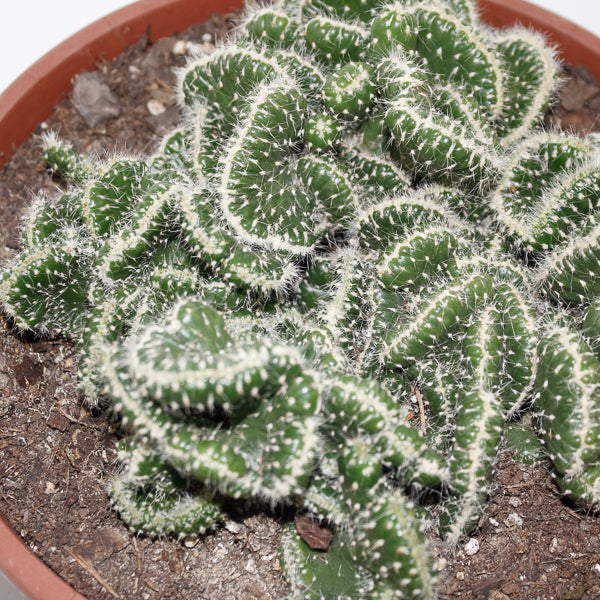1
/
of
6
Emm's Plant House
Opuntia cylindrica minor cristate Ø24cm
Opuntia cylindrica minor cristate Ø24cm
Regular price
£29.00 GBP
Regular price
Sale price
£29.00 GBP
Unit price
/
per
Taxes included.
Couldn't load pickup availability
Opuntia cylindrica minor cristate, commonly known as the "Crested Cylindrical Prickly Pear," is a unique and striking variety of the prickly pear cactus. This plant is characterized by its unusual crested growth form, where the stems grow in a fan-like structure that creates an almost "brain-like" appearance. The cylindrical, green stems are covered in clusters of spines and may produce small yellow flowers in the spring, followed by small fruit. This cactus is a fascinating addition to any cactus collection, prized for its unusual shape and vibrant colors.
- Full Botanical Name: Opuntia cylindrica minor cristate
- Common Names: Crested Cylindrical Prickly Pear, Crested Opuntia
- Country and/or Region of Origin: Native to Mexico
- Growing Conditions in Native Habitat: Grows in dry, rocky soils in arid environments with full sun exposure and minimal rainfall
Care Guide
Care Guide
Share
